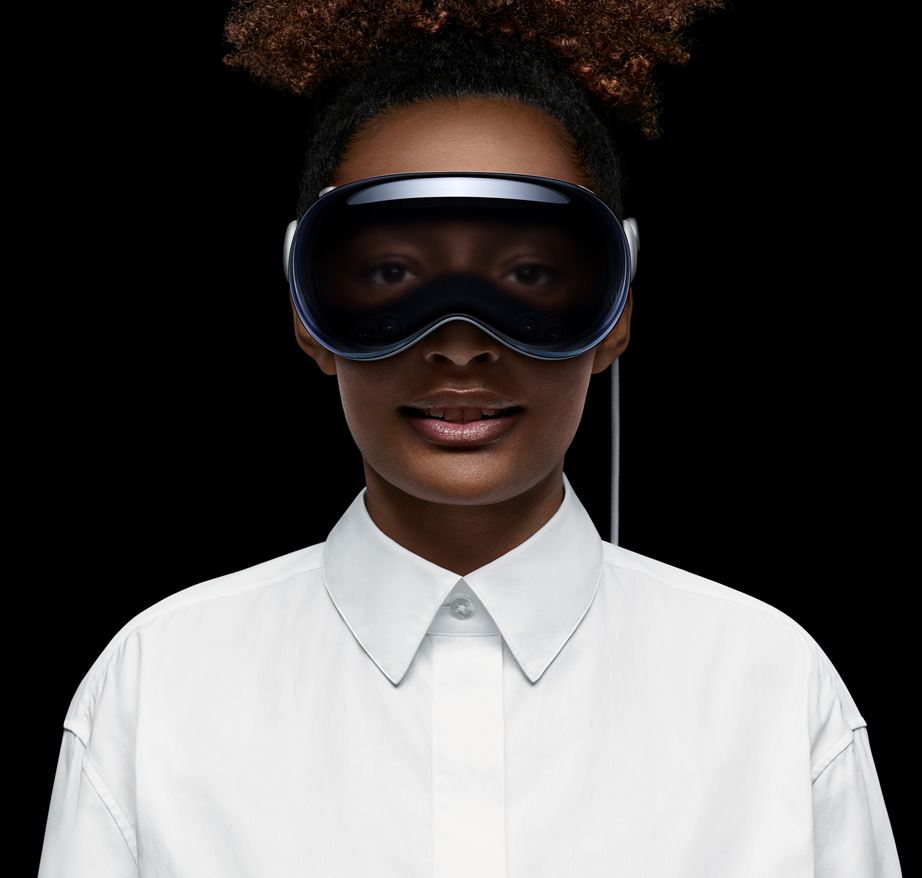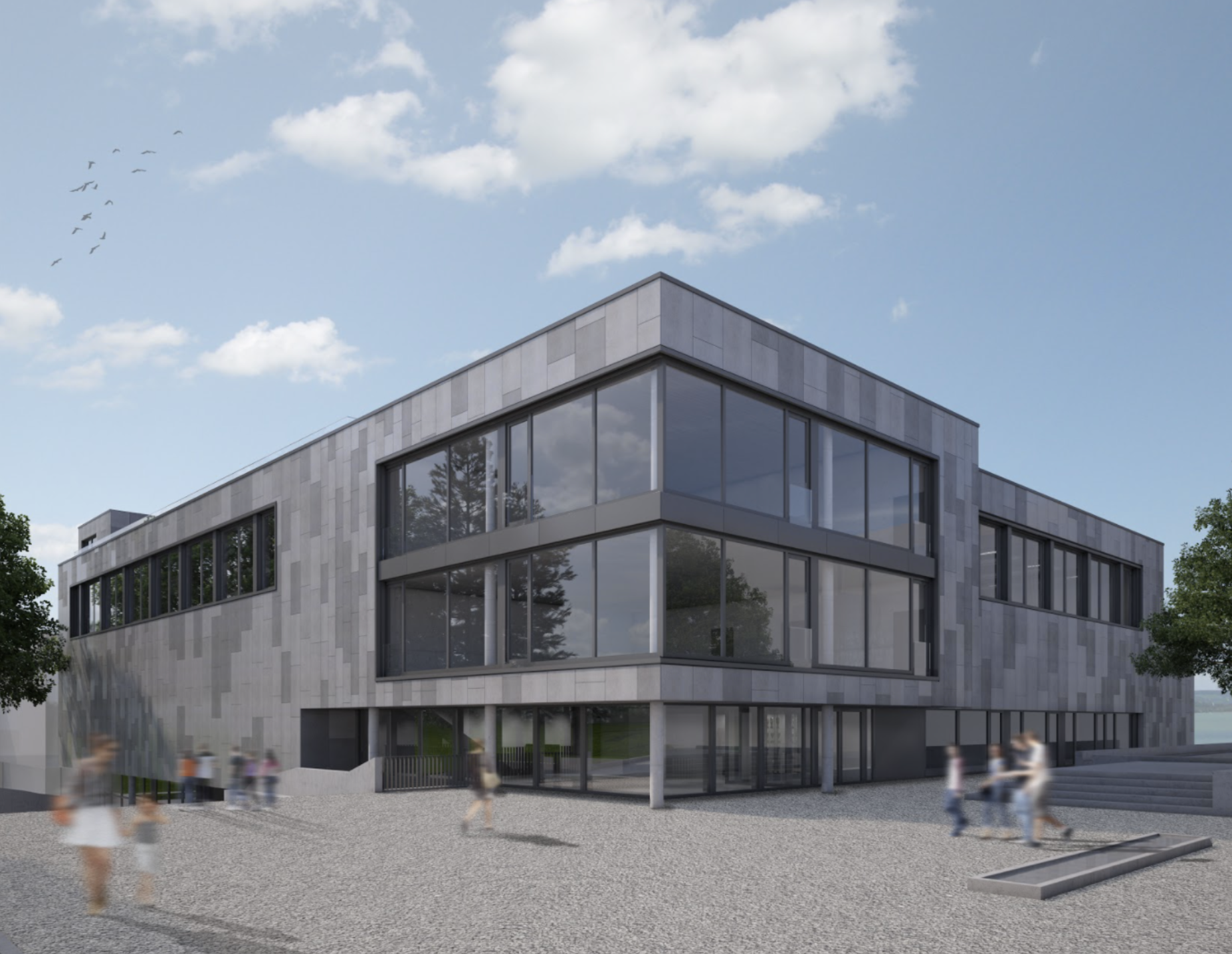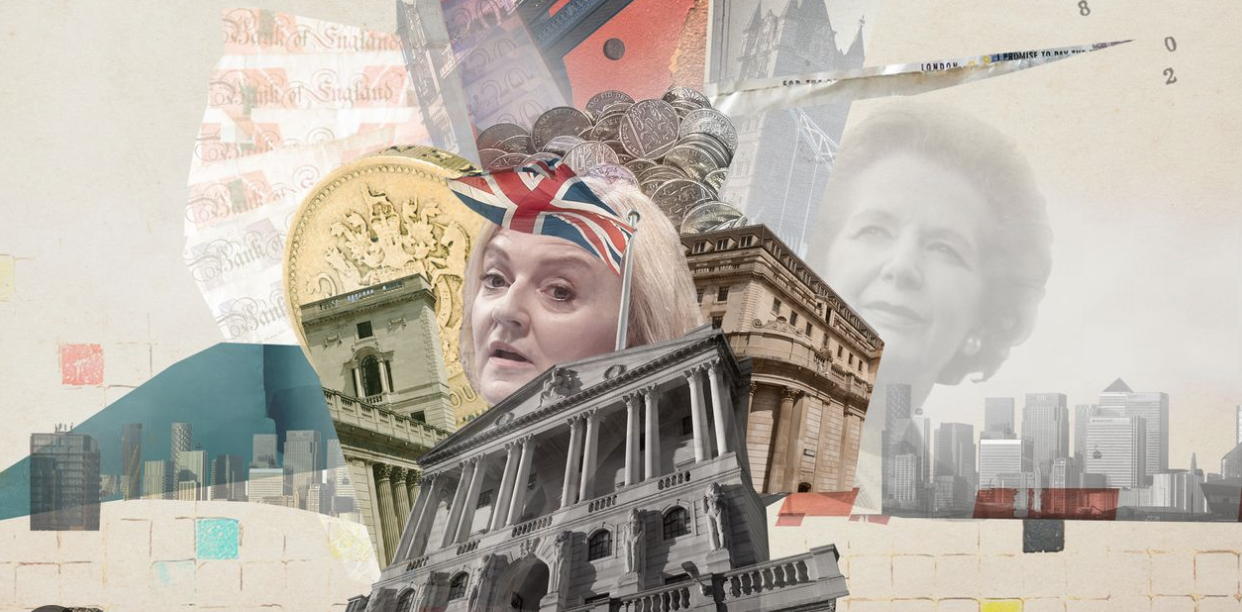By Victoire Heyworth, Year 12
As one of the first European users of Apple Vision Pro, it is safe to say that Apple Vision Pro had me at a loss for words. Exploring Apple Vision Pro was much different than watching YouTube guides and reviews.
Unlike VR, Apple Vision Pro doesn’t make you as dizzy and remains (quite) light for your head. You are also still capable, though being a bit blurry, of seeing the people next to you and can converse. Another differentiator from VR is the fact that interlocutors can see your eyes, which makes it all seem less out of touch with reality.
Some of the notable features which Apple proposed include: encountering dinosaurs, mindfulness, photos, Notes, as well as using Prime Video, TikTok and many more.
Each app seems like its individual experience, leaving us to question whether phones will still be useful in the future.
At first glance, pinching your fingers to type and click on certain data seems inexplicable, yet it is quite efficient. Just by looking at a certain letter on the keyboard which is placed in front of you, you can type and browse without any effort.
Another fascinating feature is being fully immersed in your photos. As Apple Vision Pro is connected to your Apple ID, you can explore your photos and place them on a huge screen in the room which you are in. You’re also able to be immersed in a video/photo as Apple will blur your background and create a great noise.
The earbuds are placed right on top of your ears on the headset, which is discreet and useful, even though people next to you may slightly hear what you are watching.
If you are a fan of meditation, Apple Vision Pro offers guided meditation and mindfulness tours which can last from 5 to 60 minutes. If I want to put this simply, wow. The room goes black, and before you stands a blue and orange flower which dismantles all around the room. You can even walk into the room and explore the falling petals.
Watching a movie with Apple Vision Pro is equivalent to a private cinema. The size of the screen adjusts to the pinch of your fingers, and so does the sound.
I watched Oppenheimer as a first Vision Pro film, and it’s safe to say that I wasn’t disappointed.
Knowing that you can not only have one screen in one place, but multiple in different rooms makes it even more exceptional. It’s the perfect work environment; music on one small screen, PowerPoint in the middle, and TED Talk on the right. Then, for example, you could switch to another room and start baking, with features that measure your ingredients accurately.
However, I do think that reaching this point in technology can be frightening for some. Some aspects are seen as far too realistic and can create a dangerous escape from reality if used too often. For example, just like the iPhone, this could endanger the phenomenon of actual human connection.
The issues that I have found with Apple Vision Pro, however, include its price, its often poor video passthrough, that it is sometimes inconsistent hand and eye tracking, and the idea of personas is also quite uncanny and frightening.
Some of the doubts I had while using it were: is it so good that I’m willing to carry it around in its giant case? Or is it worth messing my hair up every time?
When you are wearing Apple Vision Pro, there is a display of your eyes to people around you so they feel comfortable talking and looking at you while you’re wearing the headset, due to a feature called EyeSight. When people do see your eyes, it’s an image that feels like CGI and you never really know what other people are seeing. Imagine looking at someone directly in the eyes and talking to them without knowing if they can see your eyes — it’s a uniquely strange feeling!
We can quite confidently state that today is the future, especially when noticing that Apple has been working on this since 2007. I can only imagine what they’re working on now…



